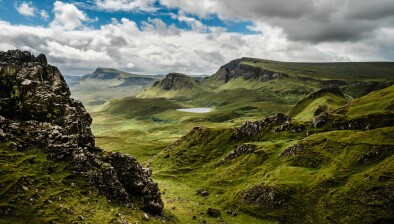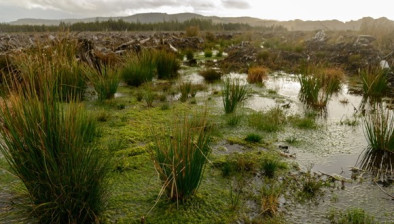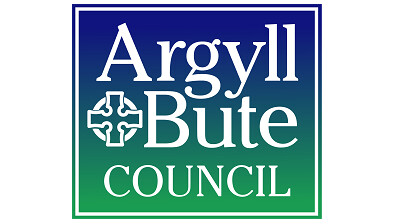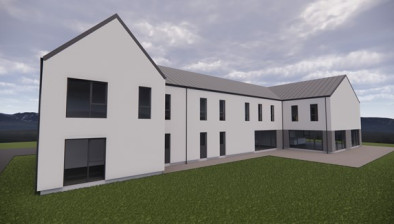Report reveals economic opportunities in Highlands and Islands’ climate action
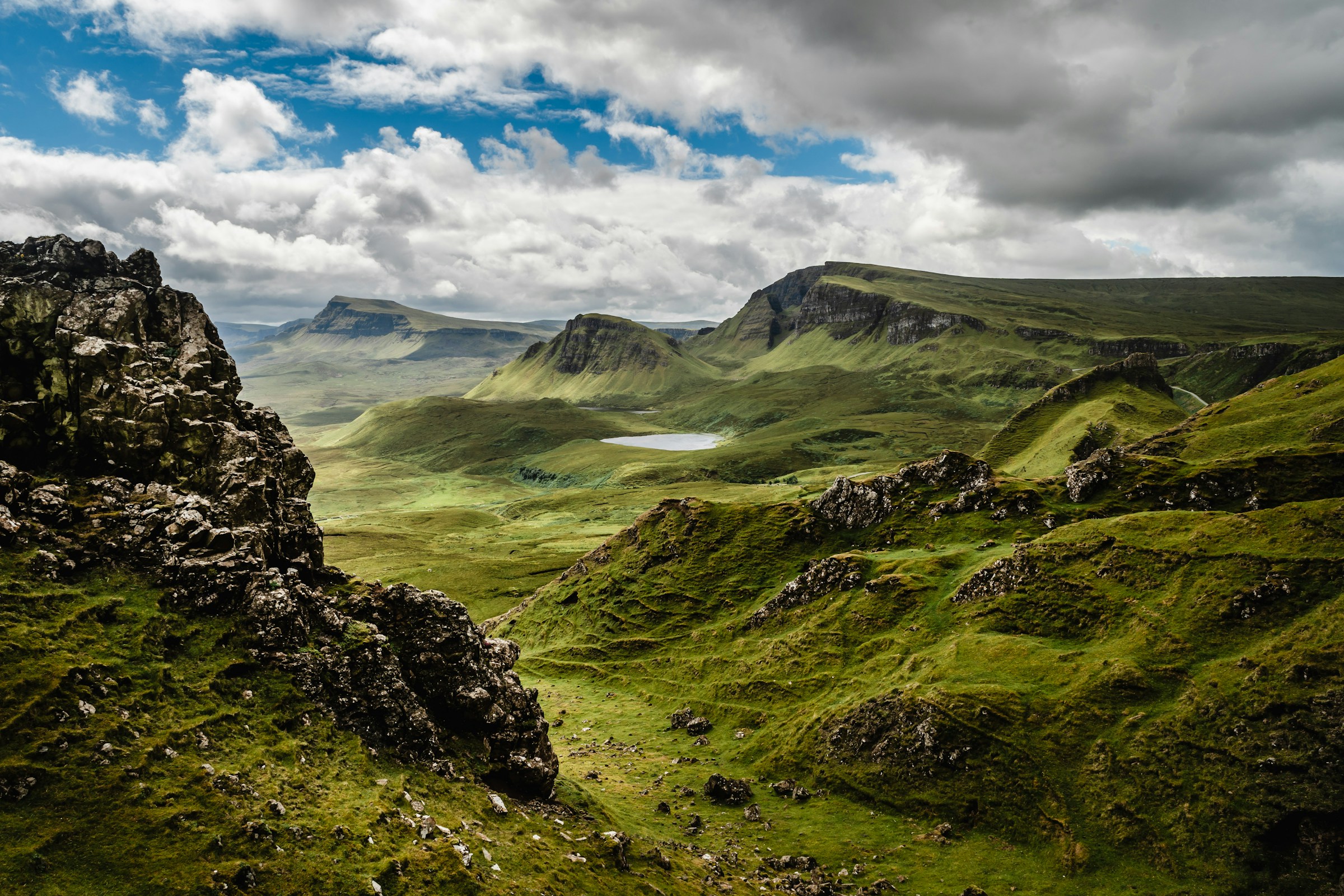
A new report has revealed that the Highlands and Islands region has significant economic potential in reducing Scotland’s greenhouse gas emissions and transitioning to a net zero economy.
Entitled Baselining Inventory for Greenhouse Gas Emissions in the Highlands and Islands, the report provides the first ever emissions profile for the whole region.
The study was commissioned by Highlands and Islands Enterprise (HIE) in collaboration with the Highlands and Islands Regional Economic Partnership (HIREP). The research used 2019 as the baseline year, this being the most recent available excluding COVID-19 impacts.
The findings will be used to inform policy and actions needed to reduce emissions in line with a just transition to a net zero economy.
While emissions in the Highlands and Islands declined by 20% between 2005 and 2019, the rate of decline for the whole of Scotland was 33%. The report cites several significant opportunities to address this in ways that will also benefit the region’s economy.
With 51% of Scotland’s land mass and around 9% of its population, the Highlands and Islands accounts for 15% (6,236 ktCO2e) of the country’s 42,469 ktCO2e annual emissions. Per square kilometre, emissions are significantly lower than nationally (150 tCO2e vs 530) but per capita they’re significantly higher (12.7 tCO2e vs 7.8).
Nearly half (48%) of emissions in the region come from either agriculture (26%) or ‘land use, land use change and forestry’ (LULUCF) (22%). The report stresses that only by reducing these can the region make a substantial shift in its emissions profile.
Lack of trees and degradation of peatland mean emissions are notably high in some of the island areas, such as Na h-Eileanan Siar and Shetland, where LULUCF make the greatest contribution to emissions.
In Highland, LULUCF, agriculture and transport are the key emitters, while agriculture is the biggest contributor in Argyll and Bute and Orkney.
In Moray, industry is the greatest contributor, closely followed by agriculture. However, effective land use and land management is having a positive effect in Argyll and Bute and Moray, where the scale of forestry plantations is counteracting emissions from other sources.
Energy transition and land use present the most obvious potential to speed up the process of reducing the region’s emissions profile while also benefiting the economy.
The region accounts for more than half (52% or 6,513MW) of Scotland’s current renewable energy capacity, but this could increase to five times that amount if all activity currently progressing is realised, with new developments continuing to be announced.
While offshore wind is expected to increase to a far greater scale than other technologies, there are significant opportunities across all technologies that extend to all parts of the region.
In addition to the massive potential for growth in renewable energy generation, there are also opportunities around supporting the energy transition, given the region’s high dependency on carbon intensive fossil fuels for space heating and for industrial and manufacturing processes.
Improving the energy efficiency of both domestic and commercial properties also presents an opportunity. Compared with the rest of the country, the region has a higher proportion of domestic dwellings in severely exposed locations. This, along with factors such as age and construction type make it more challenging to bring properties to appropriate standards of energy efficiency.
While addressing this will require innovation, the scale of retrofit required presents substantial economic opportunity, particularly for the construction sector.
Peatland restoration and afforestation are key to making sure the region becomes a net sequester of carbon, which will be essential for supporting the country’s net zero ambitions.
These opportunities are significantly greater in the Highlands and Islands due to the extent of grassland, peatland and forestry. The region is home to 76% of Scotland’s peatlands with more than half the land covered by peat and peaty soils. It also hosts around half the country’s woodland and forestry, and the report highlights the potential to extend this, even by focusing solely on land with limited agricultural value. The report also illustrates the significant gains that could result from accelerating peatland restoration across the region.
Keith Masson, HIE’s head of net zero transition, said: “Tackling the climate emergency and bringing about a just transition to net zero is key to our five-year strategy published last year, and to the Highlands and Islands Regional Economic Partnership’s (HIREP) draft Regional Economic Strategy.
“To address the challenges of reducing emissions while capitalising on the associated economic opportunities requires a pan-regional and co-ordinated approach. Our goal is to work with our partners across the region to make sure this happens in a timely fashion.
“We’re delighted to be sharing this extremely useful baseline report. The findings will inform policies around mitigation and adaptation and will support the development of regional and local plans to reduce emissions and grow the economy.”
Highland Council Leader and Chair of HIREP, Cllr Raymond Bremner, said: “Addressing the climate emergency and advancing towards a net zero economy is central to our vision for the Highlands and Islands. The ‘Baselining Inventory for Greenhouse Gas Emissions’ report provides a crucial emissions profile for our region, highlighting significant economic opportunities in reducing our carbon footprint.
“The findings reveal key areas for action, particularly in agriculture, land use, and renewable energy. By focusing on these sectors, we can drive both environmental and economic benefits, enhancing our role in Scotland’s climate strategy.”
He added: “Improving energy efficiency and expanding renewable energy capacity present substantial opportunities for innovation and job creation. Additionally, peatland restoration and afforestation can help us achieve significant carbon sequestration.”
“This report emphasises the need for a coordinated regional approach. Highland Council is committed to collaborating with HIE and other partners to implement these insights, ensuring our transition to net zero is both just and economically beneficial.
“We look forward to integrating these findings into our plans and taking decisive steps towards a sustainable future for our communities.”





